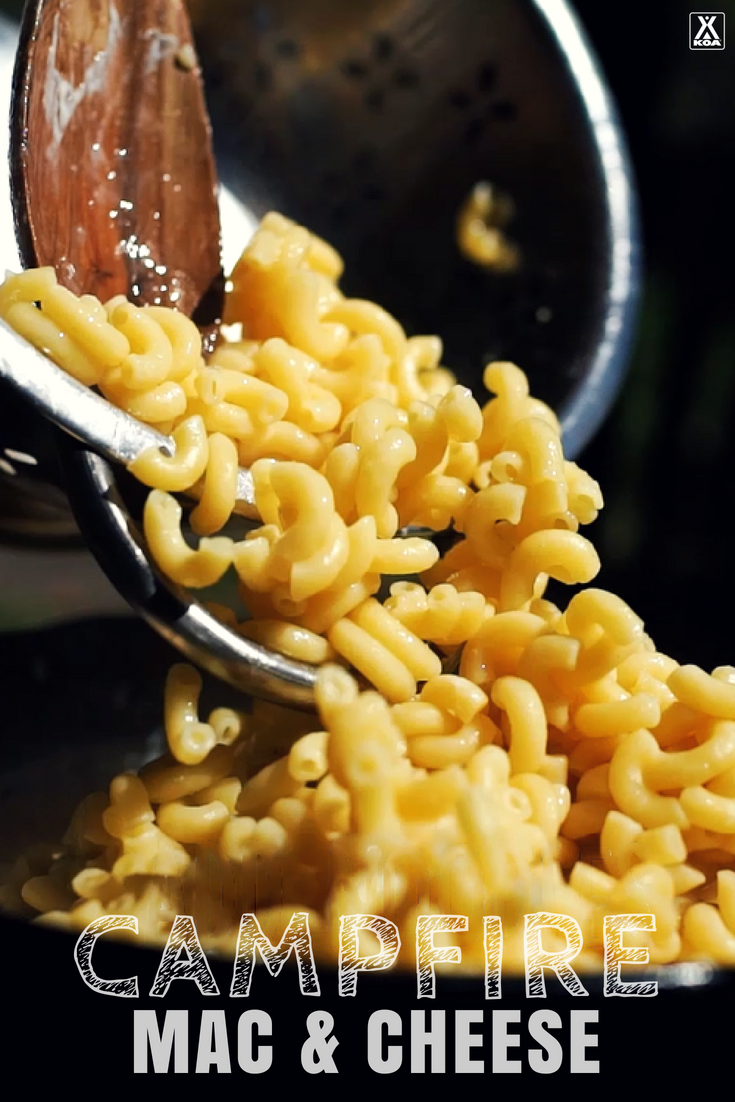
(Here's looking at you, American!) Still others need a bit of assistance from a recipe to remain stable.

Others have emulsifiers added to them to ensure that they melt smoothly at low temperatures without breaking. Some cheeses, like feta or halloumi, have a protein structure so tight that no amount of heating will cause them to break or melt. Once the protein structure breaks down too much, individual micro-droplets of fat and water coalesce, breaking out of the protein matrix and causing the cheese to completely break. Just cook up some bacon good and crispy, then break it up into pieces and stir it into your homestyle mac and cheese before baking. Depending on the type of cheese, this takes place at anywhere from around 120☏, for super-melty high-moisture process cheeses like Velveeta, all the way up to 180☏ and higher, for super-dry cheeses like well-aged Parmigiano-Reggiano. Continue to heat the cheese, and eventually enough of its protein bonds will break that it'll flow and spread like a liquid. Ever notice how a piece of cheese left out in the heat for too long forms tiny beads on its surface? Those are beads of milk fat. Other flavorful compounds present in cheese are mostly intentional by-products of bacteria and aging.Īs cheese is heated, the first part to go is the fat, which begins melting at around 90☏. Salt can have a profound effect on the texture-saltier cheeses have had more moisture drawn out of the curd before being pressed, so they tend to be drier and firmer.

Milk fat in solid cheese is dispersed in the form of microscopic globules kept suspended in a tight matrix of protein micelles (more on those in a second).Famous hard cheeses, like Parmigiano-Reggiano and Pecorino Romano, may contain as little as 30 percent water after several years of aging. The longer a cheese is aged, the more moisture it loses, and the harder it becomes. Young cheeses like jack, young cheddars, and mozzarella have a relatively high water content-up to 80 percent.


 0 kommentar(er)
0 kommentar(er)
